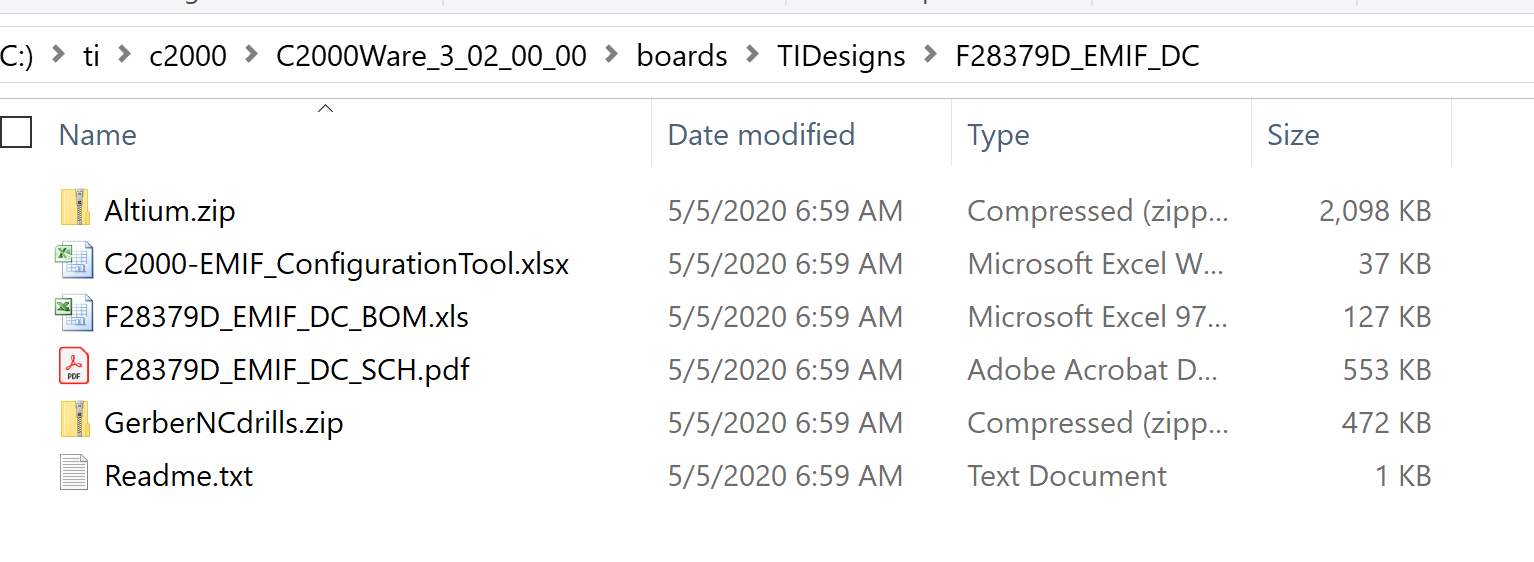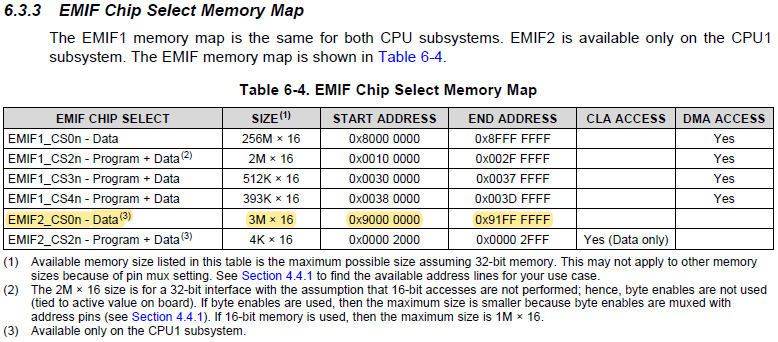Other Parts Discussed in Thread: C2000WARE, TMDSCNCD28379D, LAUNCHXL-F28379D
Hello,
I'm looking for a reference design for TMS320F28377D interface to external memory (SDRAM/ NOR FLASH).
This app note https://www.ti.com/lit/an/sprac96a/sprac96a.pdf and several threads here refer to EMIF_DC being available as part of C2000Ware, but I see no such board on that page, neither there is an explicit fullclink to the relevant files.
Can you please assist?
Thanks,
David.




